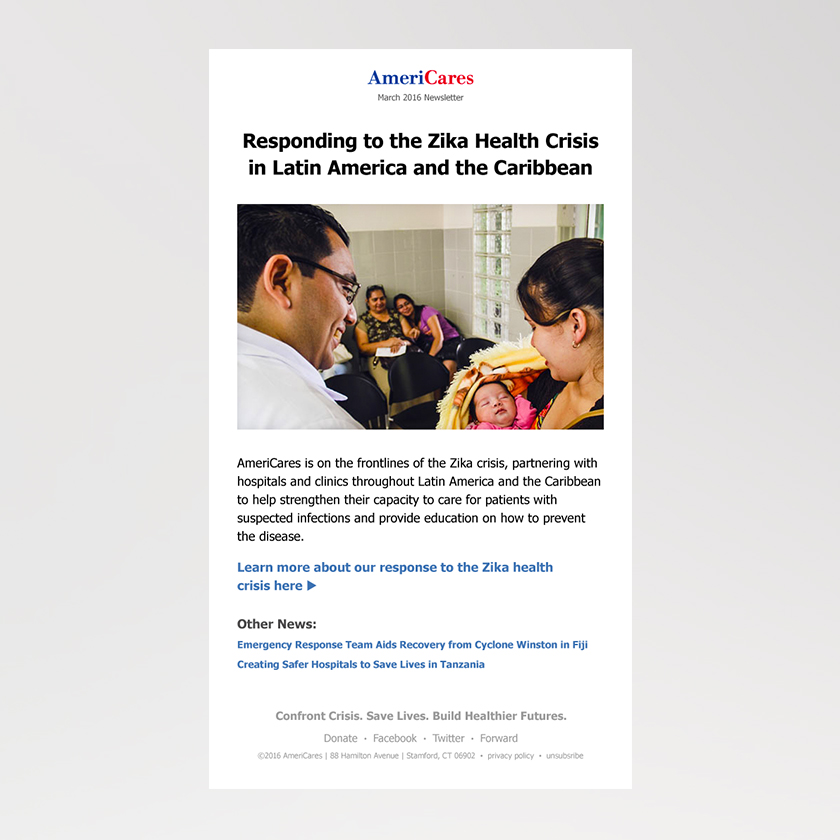— Ad Reinhardt, fine artist (1913 – 1967)
As the number of mobile users continues to boom, many brands are finding increased success with a more minimalistic design approach. Because such layouts are easier for the eye to scan, load quicker, and render with more fluidity on a wide range of displays — and within a limited amount of visual space — minimalism is becoming the latest trend in many online designs.

Minimalism is a long-established technique used by graphic designers, fine artists, architects, and industrial designers. The core philosophy behind minimalism is that by reducing a subject down to its core — stripping it down to its most necessary elements — we maximize point of view and create more visual and emotional clarity. And although it’s not a new idea, of late there’s been a major resurgence of its use, especially online. Major brands, such as Starbucks, Coca-Cola, and Google — long recognized for setting the standards for brand design — have been steadily paring their visuals down to the barest of bones. And they’re not alone, more and more brands are turning toward minimalism in their overall marketing — especially in regards to their online presence. We’re seeing the decline of heavy-handed, visually weighty layouts, laid thick with the skeuomorphism (illusionary texture and lighting effects) that was fashionable a few years ago. Layouts now features a cleaner, more metropolitan look that makes use of subtle gradients, judicious use of color, sharp edges, crisp font faces, and bold use of white space.
Because a minimalist design removes any extraneous clutter that can potentially distract or confuse a user, they can be moved to act with just a glance. And mobile users, in particular, can do so without having to wrestle with a non-responsive or slowly loading page. Users are less likely to abandon a page if they don’t have to sift through overwhelming and distracting visual input or do a lot of scrolling to find what they need. And they are more likely to act because call-to-action renders quickly and in plain view, on their mobile device.

There are other benefits to using a minimalist design, besides displaying well in both the mobile and desktop environments:
Minimalism helps to keep a brand consistent. In order for a brand to be taken seriously and recognized, it must remain uniform. When a user goes from an email to a landing page to a donation or checkout page, having thoroughly consistent design branding helps a user feel confident and makes a brand look more professional and, thus, taken more seriously.
Removing clutter lets core design elements shine. By stripping an online brand of anything that might be disorienting or extraneous, brand styling stays steady and stable in a perpetually fluid digital environment.
Unfortunately, many people think that minimalism must mean boring or shallow. This can certain be the case, but, if approached correctly, minimalism often creates some of the most beautiful, eloquent, and functional results. Think of minimalist design as a sort of Zen rock garden; peaceful and elegant, a harmonious place to reflect and relax the senses. And, in our increasingly busy and distracting lives, how could tranquility NOT be a beautiful thing, and powerful in its own right?
As mobile web use becomes more common, we are definitely going to see the trend toward minimalism grow and evolve. The growing need for web pages to be fully responsive to a wide variety of screen sizes, to cut through the clutter of the increasingly complex digital paradigm, and to inspire with potentially limited visual space will only continue encourage simpler, more tranquil, and more elegant designs.
Less is definitely more and less is definitely better in the current mobile-ready environment.